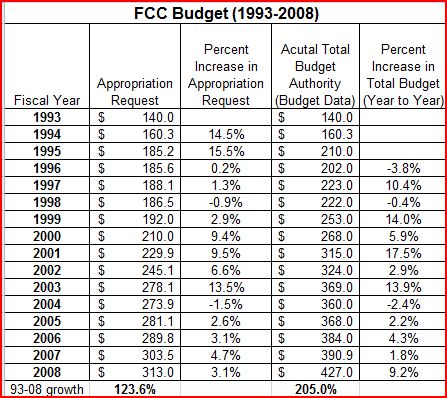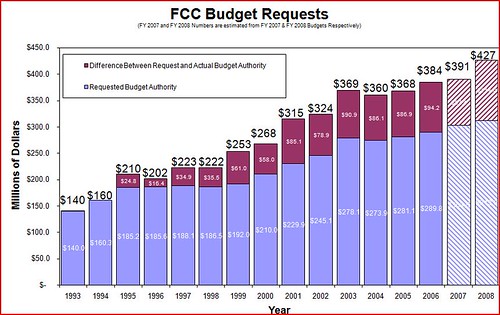While I’m on the subject, I wish someone would explain to the rank-and-file online Ron Paul activists how badly their behavior reflects on the campaign, and on libertarianism more generally. Ars did a story on the spambots similar to Wired’s story, and the comment section was flooded with comments by people who had registered for accounts the day before. The comments ranged from boilerplate campaign talking points to comments that make them look completely insane. For example:
I find it far more likely that this botnet spam attack is not the design of the Paul campaign or any of its supporters. It is far more likely that this is the release of a first round of direct cyber attack against the Ron Paul campaign. I base this opinion on the fact that the attack is becoming clearly targeted at the youtube videos of Ron Paul. Youtube links to his videos are beginning to be inserted into the the body of these spam message and as a direct result the video’s are being pulled by youtube for violation of their terms of use policy.
This attack method can do far more harm than good for the Ron Paul campaign so I will make a guess that this is the work of those in the NSA using cyber war tactics out of loyalty or possibly under orders to use this stealth attack method to derail the Ron Paul campaign by using the campaign’s online strength against them.
Yup, that definitely sounds like the most plausible explanation. In fact, I can’t believe I didn’t think of it myself!
This army of over-enthusiastic online supporters puts the Paul campaign in a bit of a bind. It’s not like they can put out a press release saying “Dear supporters, please stop making fools of yourselves.” And because these campaigns are spontaneously organized, it’s not clear who the campaign would contact to privately ask them to tone it down. On the other hand, if my first exposure to Paul’s candidacy was a comment-spam flood in the comment section of my favorite blog, I’m pretty sure I’d be turned off.
Even worse, it’s likely that the most obnoxious comment spammers are also the least likely to realize that they’re among the obnoxious ones. So the Paul campaign might be able to tone down the volume of commenting, but at the cost of making the median comment even nuttier.
Since the Paul campaign probably can’t say it, I will. Maybe if I say it a few of the comment-spamming horde will find their way here. Ron Paul comment spammers, you’re making fools of yourselves and embarrassing the campaign you want so much to help. An occasional, respectful post supporting your candidate is great. A flood of angry, paranoid rants is just going to turn people off. If you want to see Ron Paul win the election, please knock it off.
Update: Sigh, you can click the comments for several examples of the point I’m making here. For Ron Paul supporters who are new to this blog: I’m a libertarian and I gave Paul $50 yesterday. So I’m not criticizing Paul or his views. Rather, my point is that you’re not going to win any converts through angry rants or indiscriminate comment spam. All you’re going to accomplish is to irritate people who might otherwise be sympathetic to your message.



 The Technology Liberation Front is the tech policy blog dedicated to keeping politicians' hands off the 'net and everything else related to technology.
The Technology Liberation Front is the tech policy blog dedicated to keeping politicians' hands off the 'net and everything else related to technology.